Which Plants Are Toxic to Dogs?
Being a pet owner comes with a lot of responsibility — make your life even easier by making sure all the plants in your home are safe for your dog.
Updated Oct. 31 2019, 4:30 p.m. ET
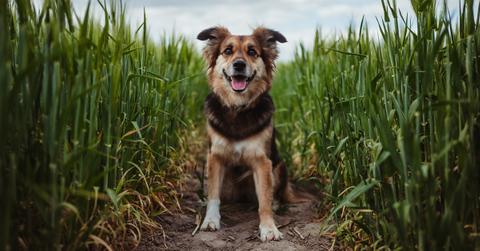
It’s a rough time for dogs lately with toxic blue-green algae killing four dogs recently and the latest information on rawhide chews not being great for puppy health. Pet owners, we beg you — don’t make matters worse by buying one of these plants that are toxic to dogs.
If you’re no stranger to The Sill’s website or if you have such a green thumb you’d consider yourself a regular at the local Agway, then you may have noticed the designation of “pet-friendly” on certain plants. This may have prompted you to realize: Some plants are in fact not pet-friendly. But what does that really mean?
Indoor plants like basil, air plants, Christmas cacti, orchids, spider plants, and most ferns are generally pet-friendly. This means in the event that your dog ever got a hold of your plants while you weren’t in the room or maybe not looking, you would not have to worry or call Poison Control. These plants are perfectly for safe for dogs no matter what happens, so they are a great way to give you peace of mind while still practicing your right to be both a dog mama and a plant lady.
That being said, there are some plants that are considered toxic to dogs and of course, ingesting of any kind of plant could induce vomiting. Best-case scenario? Avoid letting your dog eat vegetation of any kind. Of course, as pet owners we know that this isn’t always feasible. Accidents happen, so know that if your dog ever ingests any vegetation you’re unsure about, you should immediately call the Pet Poison Helpline or Animal Poison Control Center and be prepared to bring your dog to the veterinarian. For more preventative help, check out the PPH’s Poisonous Plants newsletter.
Keep reading to make yourself familiar with these 11 plants that are poisonous to dogs.
Autumn Crocus
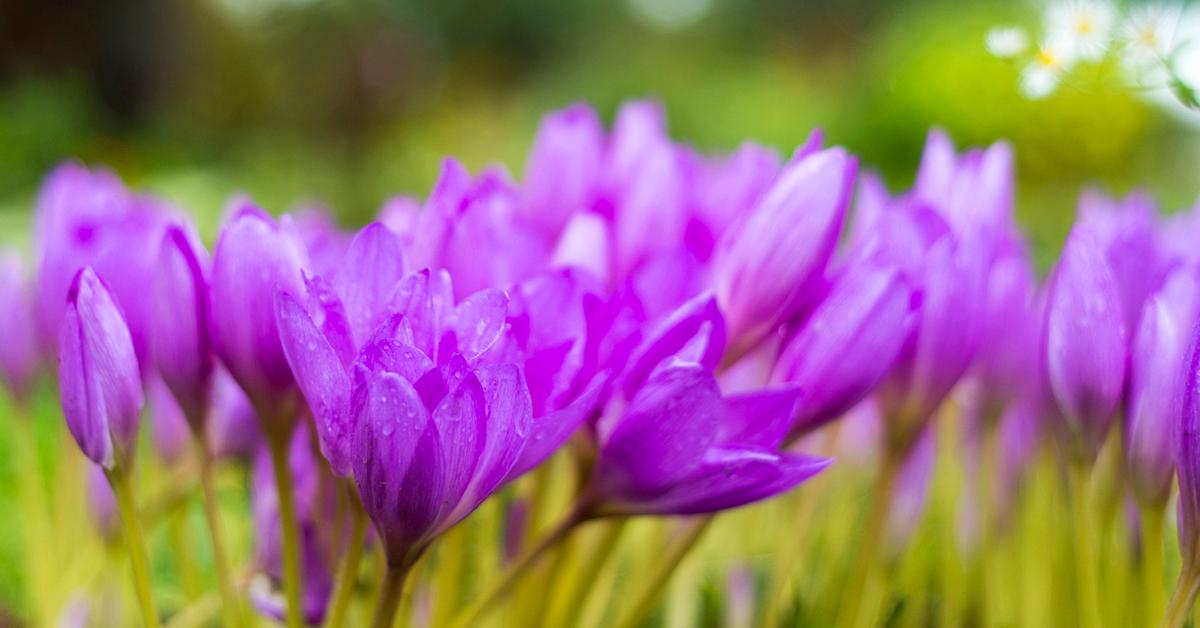
There are two kinds of Crocus plants and as a pet owner, you’re going to want to learn how to differentiate the two, as one causes vomiting and diarrhea and the other could be fatal to your dog. The Autumn Crocus (Colchicum autumnale), which blooms in — you guessed it! — fall, contains colchicine, which is highly toxic to pups. Ingesting this plant could cause more than just vomiting and diarrhea; it may cause gastrointestinal bleeding, damage to the kidneys and liver, and respiratory failure. According to the ASPCA, if you cannot differentiate the spring Crocus from the autumn one, bring your pet to the vet immediately for care. Most symptoms are immediate but could also be delayed for days.
Azalea
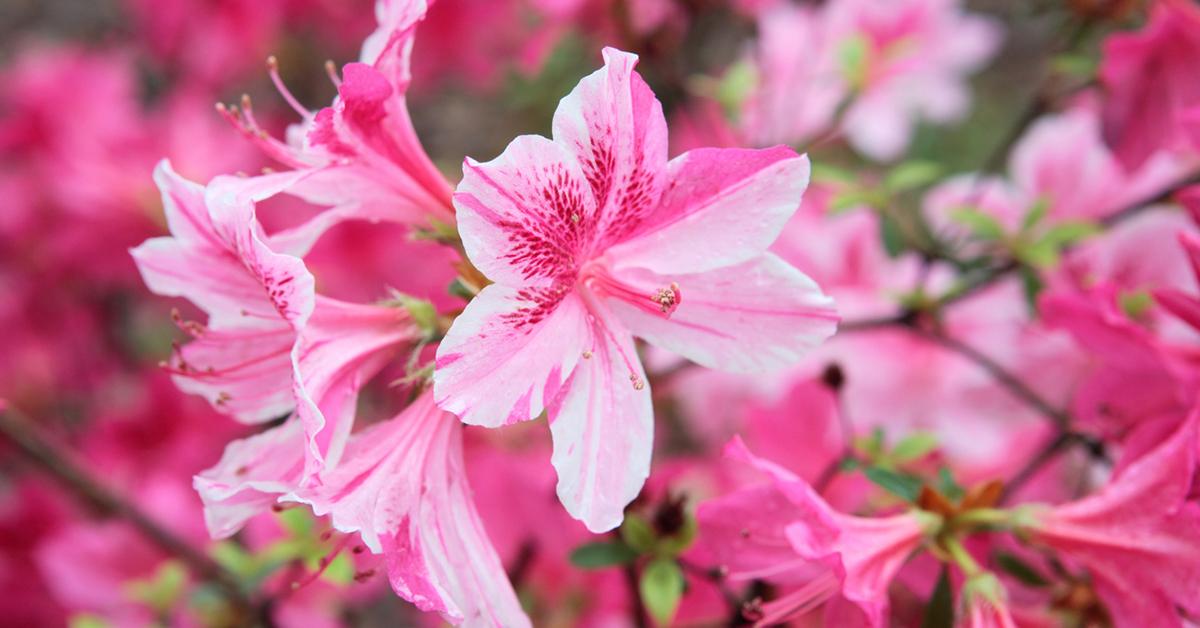
While it may be pretty, you should avoid planting azaleas near your home if you have pets. If your dog ingests the leaves of azalea, it could result in vomiting, diarrhea, and excessive drooling. That may not sound so unpleasant but if symptoms go a few days without care from a veterinarian, the ASPCA reports your dog could potentially fall into a coma and die.
Cyclamen
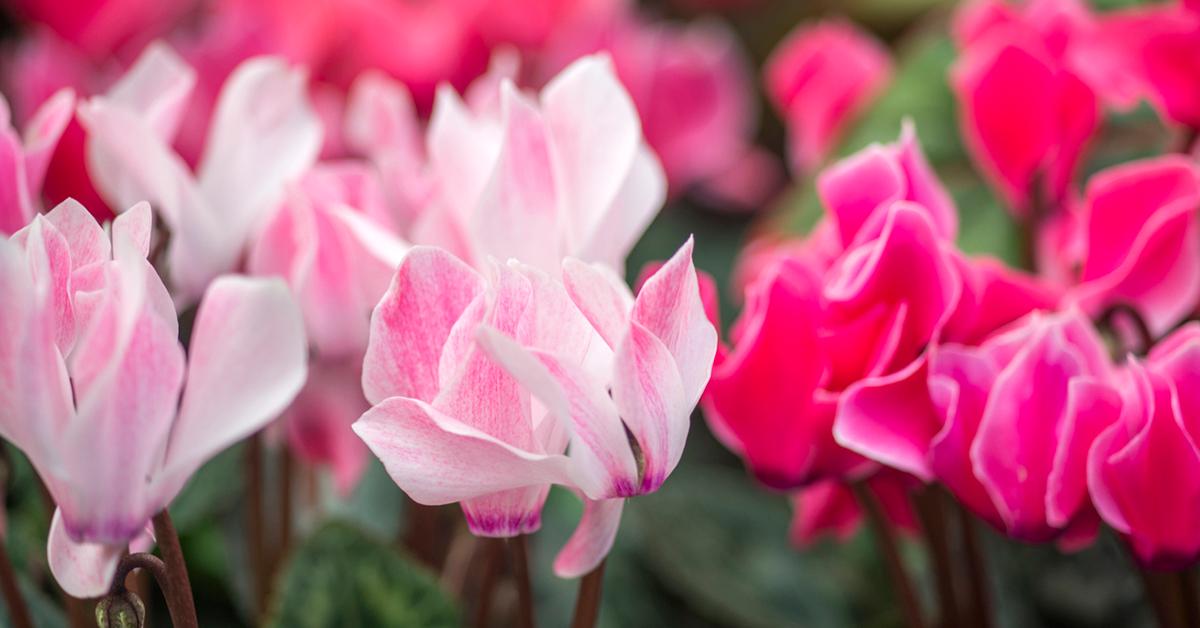
While the cyclamen plant blooms seasonally, its detriment is not to be underestimated. If eaten, the cyclamen plant can cause severe vomiting in dogs, also causing them to die. According to Pet Poison Helpline, cyclamen is a houseplant commonly sold in supermarkets, also known as Persian violet or Sowbread. It’s considered generally mild to moderate levels of toxic, but can induce symptoms like drooling, abnormal heart rate and rhythm, and seizures. Cyclamen can have such a catastrophic effect on dogs because of the saponins it contains. If you have multiple animals, you may also want to note that cyclamen is also toxic to cats.
Daffodil
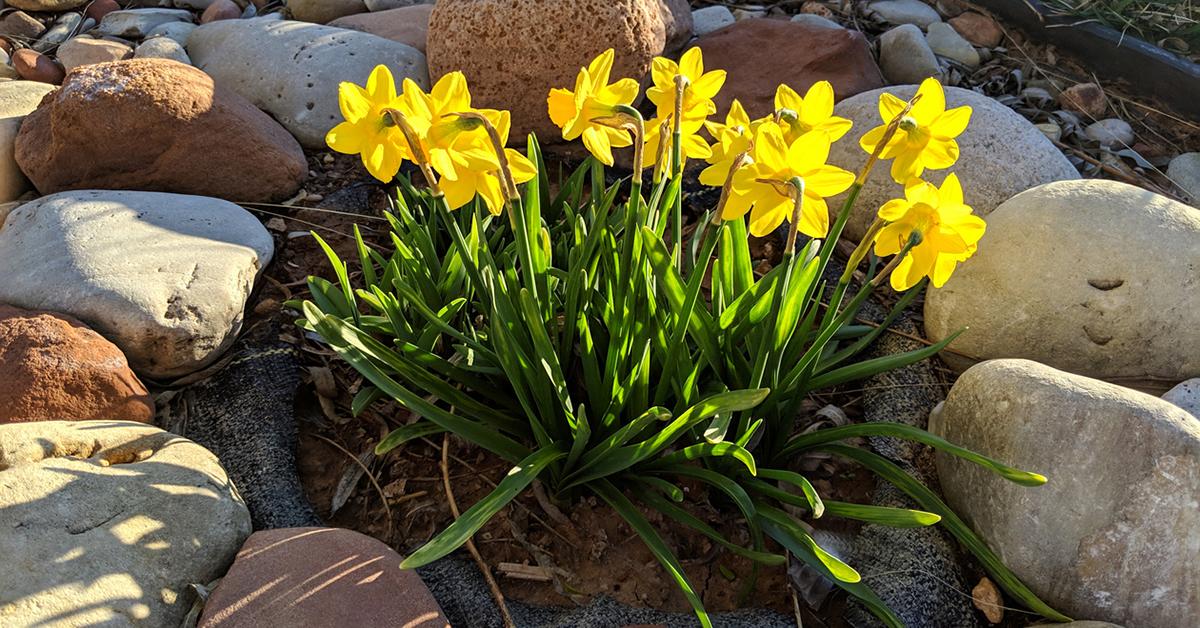
Depending on where you live, daffodils are plentiful during the spring and summer seasons. But beware; daffodils contain lycorine, which is an alkaloid with emetic (or vomit-inducing) properties. On the outer layer of the daffodil bulbs are crystals, which can cause tissue irritation and secondary drooling. If your dog ingests the bulb, plant, or flower, signs might include drooling, nausea, vomiting, diarrhea, increased heart rate, abdominal pain, abnormal breathing, and cardiac arrhythmias. In the event that you witness your dog ingesting any part of the daffodil, immediately consult a veterinarian. If you suspect but aren’t sure, you can call the Pet Poison Helpline.
Dieffenbachia
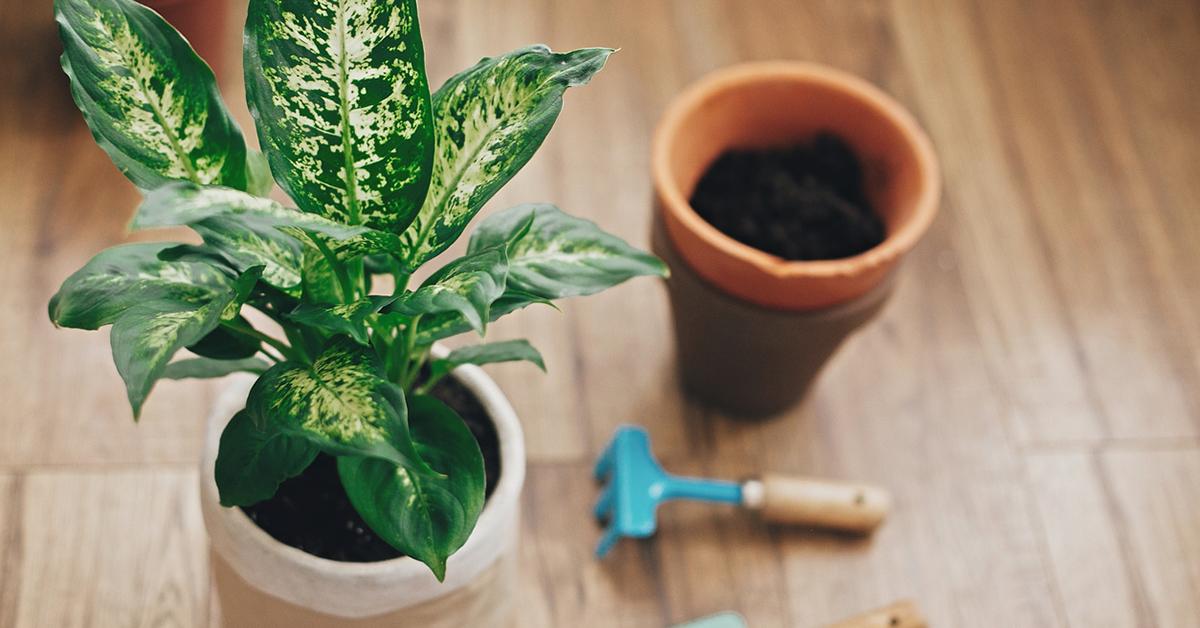
Dieffenbachia is a genus of tropical flowering plants native to the New World Tropics from Mexico, the West Indies, and Argentina. They are kind of green and speckled white in color and are particularly popular as houseplants. However, dieffenbachia has a dark side; if ingested by a dog, dieffenbachia can cause intense oral irritation, drooling, nausea, vomiting, and difficulty swallowing.
Signs of ingestion might include a dog pawing at his mouth, evidence of oral pain, vomiting, and decreased appetite. What makes dieffenbachia so harmful is its insoluble calcium oxalate crystals; many plants in the Araceae family have these crystals, which can penetrate tissue, cause mouth irritation, and disrupt the gastrointestinal tract. In some rare cases, it is possible that ingestion of dieffenbachia can cause the upper airway to swell, making it difficult for a pet to breathe.
Hyacinth

Poisonous to both cats and dogs, hyacinths belong to the Lilaceae family. Most plants in this family contain allergenic lactones and other similar alkaloids and for that reason, are considered severely toxic. Most concentrated in the bulbs, hyacinth ingestion can cause intense drooling, vomiting, and diarrhea. If a large quantity of bulbs have been consumed, dogs may experience exacerbated symptoms such as increased heart rate, changes in respiration, and difficulty breathing.
According to PPH, ingestion in large amounts is markedly worse and most often occurs if dogs have access to a large bag of bulbs or if they dig up freshly planted bulbs. Ingestion of hyacinth can also result in tissue irritation to both the mouth and esophagus.
Kalanchoe
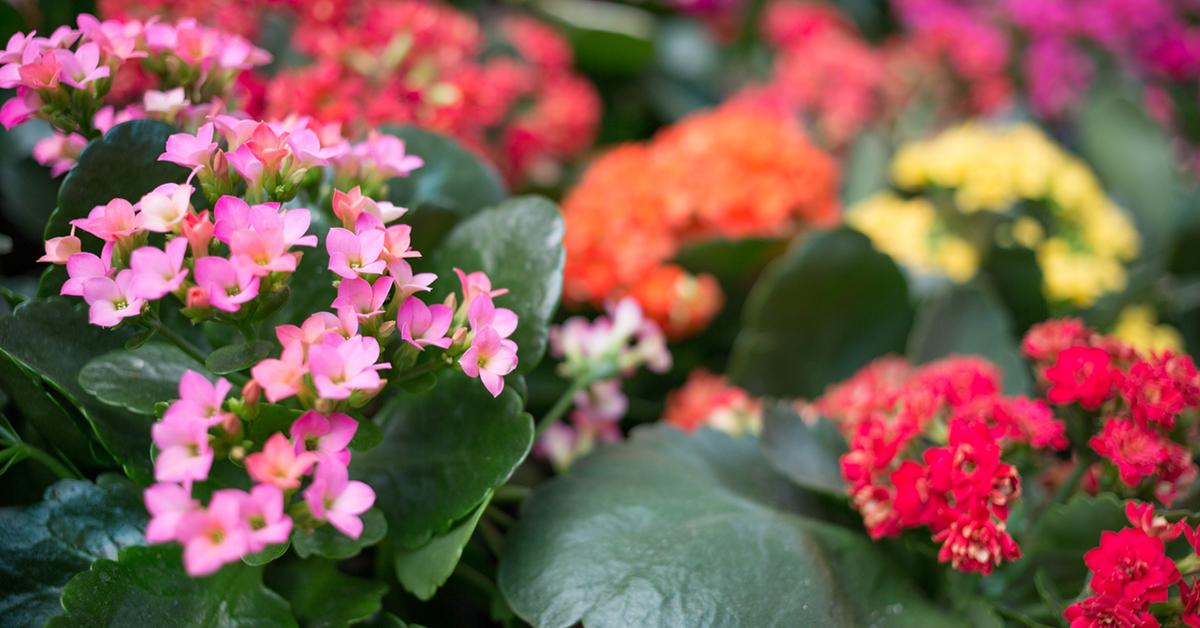
Also known as the chandelier plant, Mother of Millions, or Devil’s Backbone, kalanchoe has a beautiful pink and dainty-looking flower, but don’t be fooled by its looks; though PPH categorizes its toxicity as generally mild to moderate and rarely severe, kalanchoe is a common houseplant that can cause drooling, vomiting, diarrhea, abnormal heart rate, cardiac arrhythmias, weakness, collapse, dilated pupils, tremors, and, rarely, seizures. Don’t rely on that description of flowers only being pink either; the flowers of kalanchoe can vary from yellow, orange, red or pink. Most small ingestions (in both dogs and cats) only result in gastrointestinal upset or irritation, but larger ingestions could result in cardiac issues, weakness, and collapse.
Lilies

Speaking of lily of the valley, many varieties of lily are treacherous territory for cats particularly, but it’s lily of the valley that is also known to affect dogs. To be safe, however, we’ll include the symptoms all dangerous lily varieties can cause: tissue irritation to the mouth, tongue, pharynx, and esophagus. Varieties like tiger, day, Asiatic, Easter, and Japanese show lilies are all highly toxic to cats and are best to steer clear of, even if you have a dog. Ingestion of these leaves (albeit small ingestions) could result in kidney failure.
Oleander
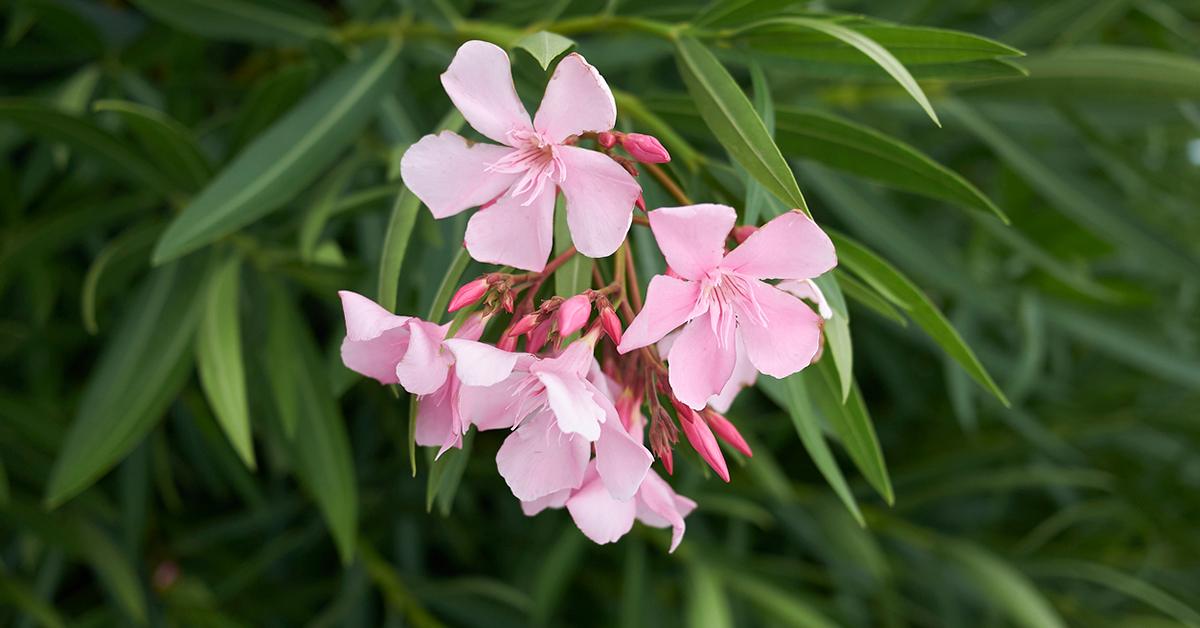
On PPH, oleander is listed as having a generally moderate to severe level of toxicity. This outdoor shrub is evergreen but also contains leaves and flowers that are extremely harmful to dogs and cats if ingested. Ingestion of oleander can cause severe vomiting, a slowed-down heart rate, and can cause death. Other severe symptoms include drooling, nausea, abnormal heart rate, cardiac arrhythmias, weakness, collapse, tremors, and seizures. What makes kalanchoe so toxic is naturally-occurring poisons — cardenolides or bufadienolides — that target the heart. Also known as cardiac glycosides, this poison directly interferes with the electrolyte balance in the heart. Other plants that include glycosides include dogbane, giant milkweed, foxglove, kalanchoe, lily of the valley, milkweed, and star of Bethlehem.
Sago palm
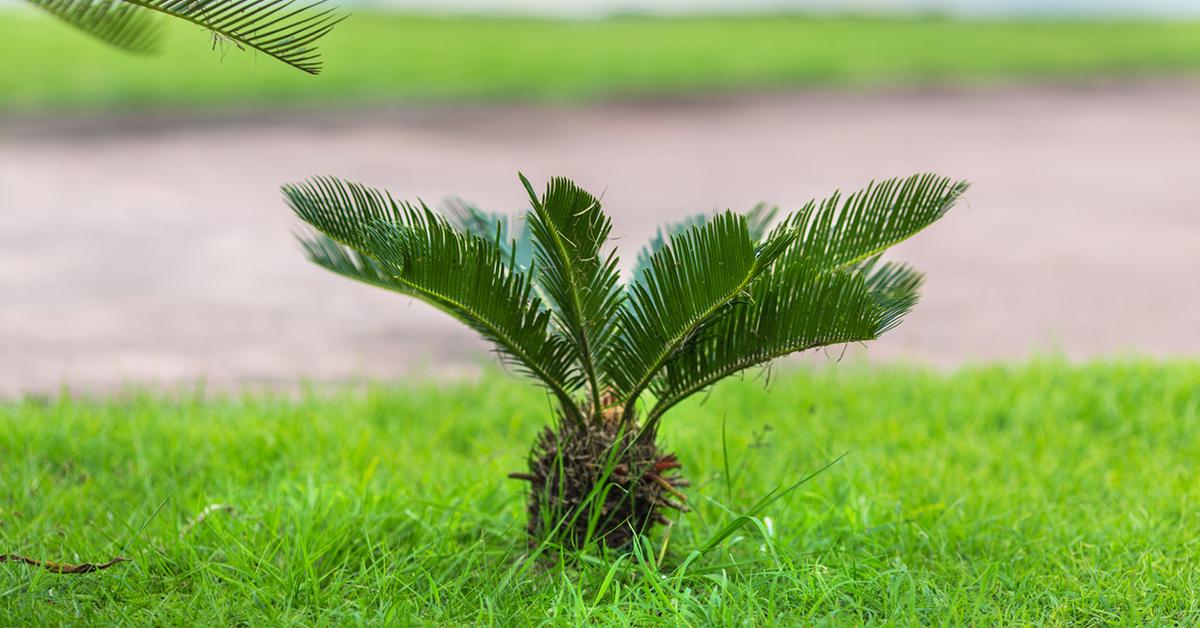
Noted as having severe toxicity, sago palm looks like your average palm tree and can also be found in miniature version as a houseplant. Found in tropical or subtropical environments, sago palms are often used as ornamental Bonsai houseplants and every single part of the sago palm is considered poisonous. The seeds, however, are considered the most toxic part of the plant, as they contain the highest level of cycasin, a primary active toxic agent that causes severe liver failure in dogs.
Ingestion of sago palm can result in vomiting, diarrhea, lethargy, inappetence, abnormal fluid accumulation in the abdomen, abdominal pain, jaundice, ataxia, seizures, tremors, weakness, and black-tarry stool. Even if you catch sago palm poisoning early and your dog is given aggressive treatments, the survival rate after an ingestion is 50 percent. Sago palm has a bunch of other names — cycads, Cycadaceae, sago, Zamias, Macrozamia, Cycas cirinalis, Japanese cycad, Cycad revolute, Coontie plant, Zamia pumila, Cardbord palm, Zamia furfuracea — so be sure to learn them all to avoid exposure.
Tulip
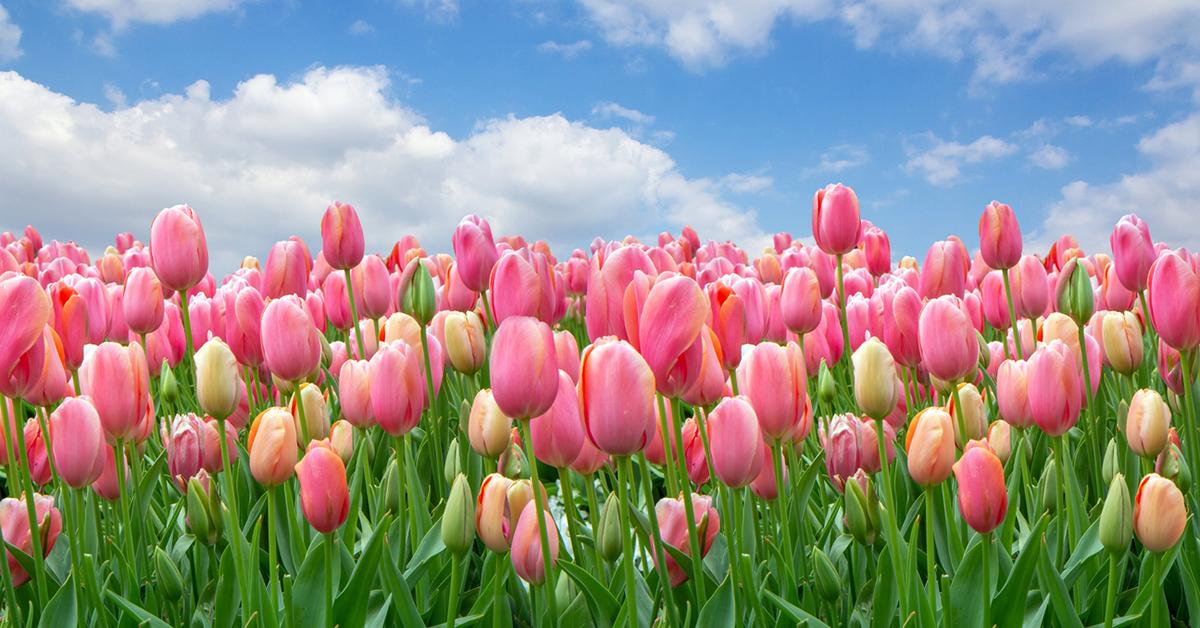
Tulips originate from the same family of the hyacinth — the Lilaceae family. Like hyacinths, tulips contain allergenic lactones or other similar alkaloids that are concentrated in the bulbs. Severe poisoning is most common in dogs who have dug up recently planted bulbs or who have had access to a bag of bulbs. Signs of chewing or ingestion include profuse drooling, vomiting, diarrhea, increased heart rate and respiratory rate, and difficulty breathing. Ingestion of tulips also can result in tissue irritation to the mouth and esophagus. The level of toxicity for dogs and cats is considered severe.